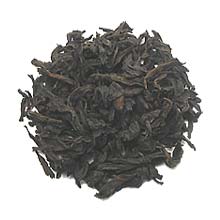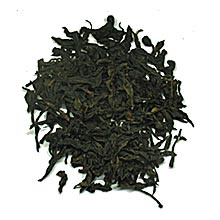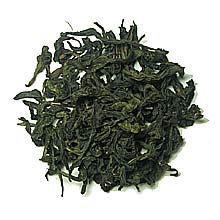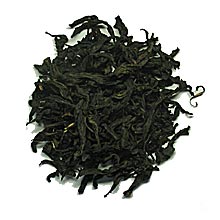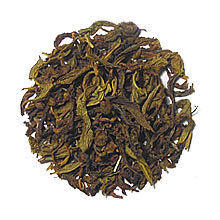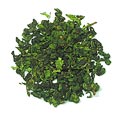
Chinese people are believed to have enjoyed tea drinking for more than 4,000 years. Legend has it that Yan Di/ Shennong 炎帝/ 神農, one of three rulers in ancient times, tasted all kinds of herbs to find medical cures. One day, as he was being poisoned by some herb he had ingested; a drop of water from a tea tree dripped into his mouth and he was saved. For a long time, tea was used as an herbal medicine. During the Western Zhou Dynasty, tea was a religious offering. During the Spring and Autumn Period, people ate fresh tea leaves as vegetables. With the popularization of Buddhism from the Three Kingdoms to the Northern and Southern Dynasties, tea's refreshing effect made it a favorite among monks in Za-Zen meditation.

Tea as a drink prospered during the Tang Dynasty, and tea shops became popular. A major event of this time was the completion of Tea Classics 茶经, the cornerstone of Chinese tea culture, by Lu Yu 陆羽, Tea Sage of China. This little book details rules concerning various aspects of tea, such as growth areas for tea trees, wares and skills for processing tea, tea tasting, the history of Chinese tea and quotations from other records, comments on tea from various places, and notes on what occasions tea wares should be complete and when some wares could be omitted.
Tinted by the cultural style of the Song Dynasty, tea culture at this time was delicate and sumptuous. New skills created many different ways to enjoy tea. The Ming Dynasty laid the foundation for tea processing, tea types and drinking styles that we have inherited.
During the Qing Dynasty folk art entered tea shops, making them popular entertainment centers. This habit is still practiced in Chengdu, Sichuan Province.
During the Tang Dynasty, a Japanese monk brought tea seeds from Zhejiang Province to Japan. Later in the Southern Song Dynasty, Zen masters brought tea procedures and tea wares from China to Japan, promoting the initiation of the Japanese tea ceremony. In the Song Dynasty, Arabic merchants exported tea from Quanzhou, Fujian Province. In the Ming Dynasty, tea was sold to Southeast Asian and South African countries. In 1610 tea went to Europe via Macau in a Dutch merchant ship. Thus tea became an international drink.

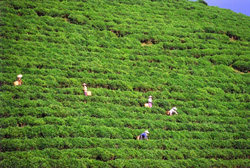 The soil, altitude, and prevailing weather conditions all affect the complex flavor of a tea. Thailand has over the years developed high quality teas the same way places such as California, Chile and Australia have over the years developed high quality wines - by bringing the plant varieties and know-how from overseas and improving on it.
The soil, altitude, and prevailing weather conditions all affect the complex flavor of a tea. Thailand has over the years developed high quality teas the same way places such as California, Chile and Australia have over the years developed high quality wines - by bringing the plant varieties and know-how from overseas and improving on it.
